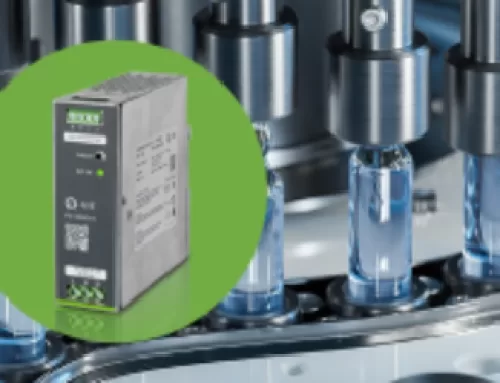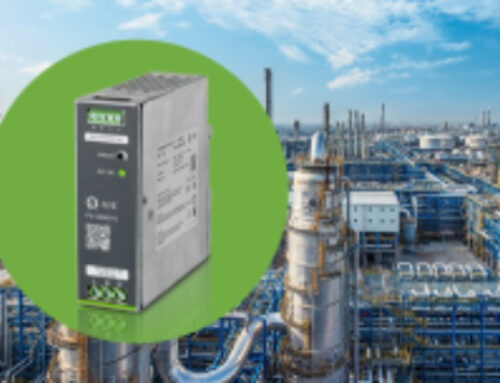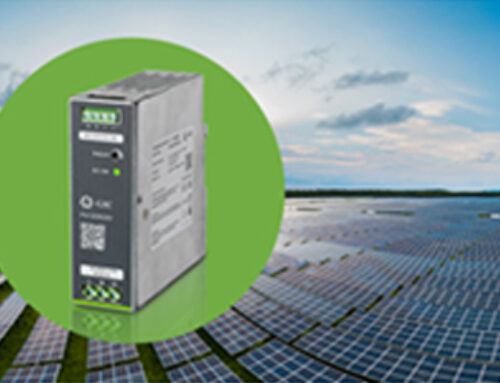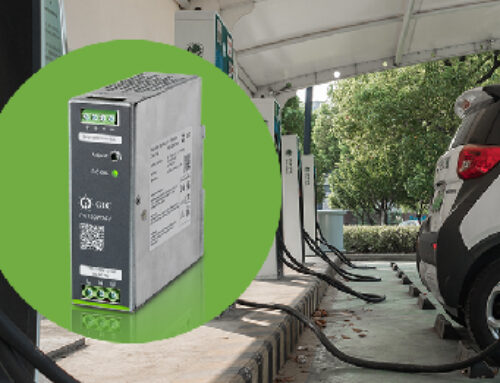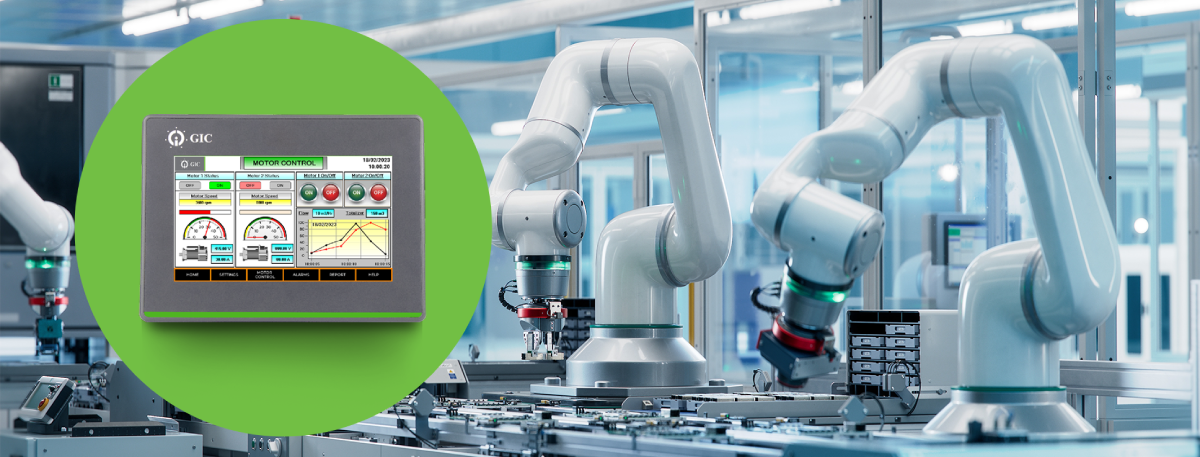
Integrating HMI into an existing control system
The industrial automation industry is constantly changing. One way to improve efficiency interaction between humans and machines is by integrating a Human Machine Interface (HMI) into control systems. This move helps enhance operational efficiency and elevate overall interaction.
This blog explores the benefits and considerations involved in seamlessly integrating an HMI, focusing on the advanced solutions offered by General Industrial Controls Private Limited (GIC).
Understanding the Essence of HMI:
Human Machine Interface connects human operators to the machines or systems they oversee. The platform combines both hardware and software components, providing an easy-to-use approach to monitoring, controlling, and interacting with industrial processes. The integration of an HMI with GIC’s expertise enables real-time insights that make operations more responsive.
Benefits of HMI Integration:
- Enhanced User Experience: Using an HMI simplifies complex control processes and provides operators with a more intuitive user interface.
- Real-Time Monitoring: HMI integration facilitates real-time monitoring of critical parameters and processes, empowering operators to make informed decisions promptly. Through their heightened visibility, proactive issues can be resolved, minimizing downtime.
- Efficient Control and Adjustment: Touch Panel HMI Systems are a type of HMI technology that offers an additional layer of convenience. With touch-enabled displays, operators can effortlessly control and adjust parameters with a simple touch, reducing the learning curve and potential errors.
- Data Visualization: HMI integration enables comprehensive data visualization, offering operators a holistic view of industrial processes. Trends, alarms, and performance metrics are presented in an easily interpretable format, helping in data-driven decision-making.
The collected data is meticulously processed and organized by HMI software. This stage includes data logging, trend analysis, and alarm management to ensure that operators receive actionable information.
Considerations for Seamless Integration:
- Compatibility: Assessing the compatibility of the chosen HMI with existing control systems is crucial. Ensuring seamless communication and integration minimizes potential disruptions during the implementation phase.
- Scalability: An effective HMI integration should be scalable, allowing for future expansions or upgrades in the industrial setup. It ensures that the system remains adaptable to evolving operational needs.
- Training and Familiarization: Training operators for the new HMI interface is essential. A well-designed training program ensures that personnel can maximize the potential of the integrated system, optimizing operational workflows.
The Role of Touch Panel HMI in Integration:
The Role of Touch Panel HMI in Integration: Enhancing User Experience and Operational Efficiency
Integrating Touch Panel Human Machine Interface (HMI) systems into existing control frameworks is a complex process that helps simplify operations and improve user interaction. HMI plays a vital role in enhancing the user experience and operating efficiently.
- Intuitive User Interface:
- Enhanced Interaction: Touch panel HMIs enable operators to interact directly. A simple tap can select options, parameters, and commands.
- User-Friendly Design: The Touch Panel HMI interface simplifies complex operations with touch buttons, icons, and menus, reducing the learning curve for operators.
- Real-time monitoring and control:
- Instant Data Access: The touch-enabled displays empower operators to access real-time data instantly. Critical information, such as process parameters, alarms, and trends, is readily available at the touch of a fingertip.
- Efficient Control Adjustments: Operators can make rapid and precise adjustments to control parameters directly on the touch screen. It facilitates decision-making, reduces response times, and enhances overall operational efficiency.
- Adaptable Configurations: Touch Panel HMI systems offer flexibility in screen configurations. Operators can customize displays based on their preferences, allowing for a tailored interface that aligns with specific operational requirements.
- Multi-Window Displays: The ability to display multiple windows on a single screen improves multitasking capabilities. Operators can simultaneously keep track of various elements of the process, enabling them to have a comprehensive grasp of the system’s condition.
- Enhanced Data Visualization:
- Graphical Representation: The Touch Panel HMI excels at presenting complex data visually. A graphic representation, chart, or trend analysis facilitates the interpretation of data and aids in decision-making.
- Interactive Dashboards: The touch-enabled nature of HMI allows for interactive dashboards where operators can directly interact with charts and graphs, gaining deeper insights into the performance of industrial processes.
- Seamless Integration with Control Systems:
- Plug-and-Play Compatibility: Touch Panel HMI systems are designed for easy integration with existing control systems, ensuring a smooth transition without extensive modifications or disruptions to ongoing operations.
- Communication Protocols: These HMIs support a variety of communication protocols, facilitating easy connectivity with different industrial devices and equipment and ensuring a cohesive and interconnected control ecosystem.
- Operator Training and Familiarization:
- Interactive Training Modules: Touch Panel HMI systems can be utilized for interactive operator training. Simulated environments allow operators to familiarize themselves with the interface, enhancing their proficiency in using the system effectively.
- Reduced Training Time: The user-friendly nature of the Touch Panel HMI contributes to a quicker learning curve for operators, reducing the time required for training and accelerating the adoption of the integrated system.
In the field of industrial automation, touch panel HMIs serve as functional controls while also changing the way operators interact with control systems. By focusing on user experience, real-time monitoring, and adaptability, touch panel HMI systems have become essential components in creating a more efficient, responsive, and user-friendly industrial automation environment.
Conclusion:
Integrating a Human Machine Interface (HMI) into existing control systems, especially by leveraging Touch Panel HMI technology, is a significant step towards enhancing human-machine interaction. This integration creates a more user-friendly and efficient industrial automation environment.
General Industrial Controls Private Limited (GIC) is at the forefront of innovative HMI solutions, and with their help, the seamless integration of touch-enabled interfaces becomes a pivotal step in the journey towards greater efficiency and precision in control systems.

